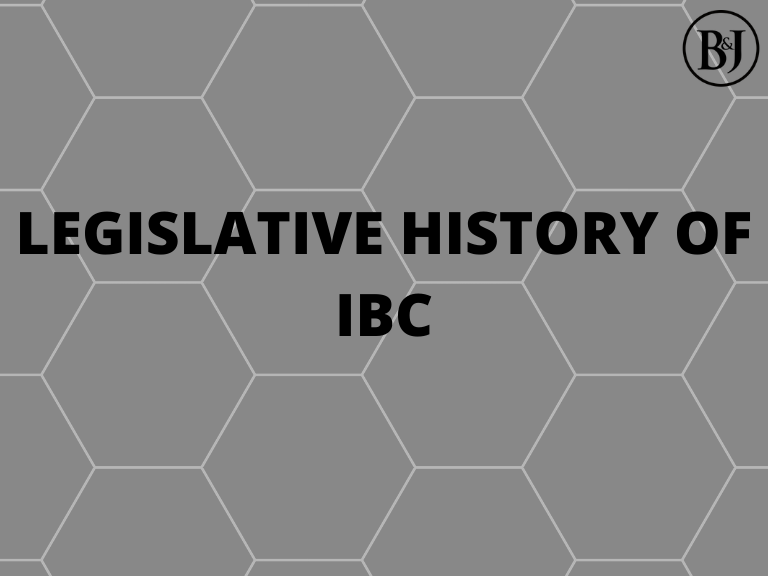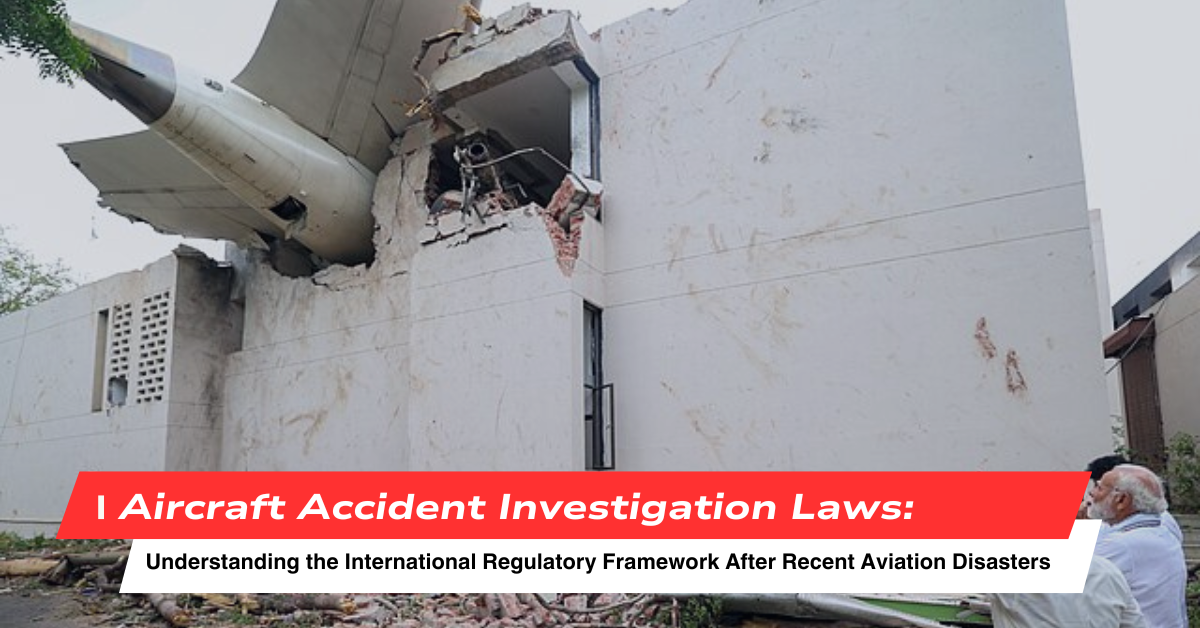INTRODUCTION

There were multiple overlapping laws and adjudicating forums dealing with financial failure and insolvency of companies and individuals in India. The given legal and institutional framework did not aid lenders in effective and timely recovery or restructuring of defaulted assets and caused undue strain on the Indian credit system. Recognizing that reforms in the bankruptcy and insolvency regime were critical for improving the business environment and alleviating distressed credit markets, the Government introduced the Insolvency and Bankruptcy Code Bill in November 2015, drafted by a specially constituted ‘Bankruptcy Law Reforms Committee’ (BLRC) under the Ministry of Finance. After a public consultation process and recommendations from a joint committee of Parliament, both houses of Parliament have passed the Insolvency and Bankruptcy Code, 2016 (Code). While the legislation of the Code is a historical development for economic reforms in India, its effect will be seen in due course when the institutional infrastructure and implementing rules as envisaged under the Code are formed.
HOW IBC WORKS?
India has multiple laws to deal with insolvency, which leads to significant delays in winding up a company. The Bankruptcy Code has consolidated the existing framework and created a new institutional structure. The new law created a new class of Insolvency Professionals who will help sick companies and banks with a smooth takeover of the insolvent company and manage the liquidation process. The Code proposed setting up of an entity, the Insolvency and Bankruptcy Board of India (IBBI), which regulates insolvency professionals and information companies – those which will store all the credit information of corporations. The Bankruptcy Code provided two authorities to deal with insolvency. The National Company Law Tribunal will adjudicate cases for companies and limited liability partnerships, while the Debt Recovery Tribunal will do the same for individual and partnership firms
HOW MUCH TIME WILL THE LAW SAVE?
The law provided a time limit on the bankruptcy process. In the case of a default, the time-limit is 180 days, within which the resolution has to be completed. This can be extended by another 90 days by the adjudicator, depending on the process. Note: Now as per Amendment to IBC in 2019, it is 330 Days. India ranks 52 out of 189 countries in the World Bank’ s index on the Ease of Resolving Insolvencies in 2020 ( in overall Ease of Doing Business-63). India’s weak insolvency regime, its significant inefficiencies and systematic abuse are some of the reasons for the distressed state of credit markets in India today. The Code promises to bring about far reaching reforms with a thrust on creditor driven insolvency resolution. It aims at early identification of financial failure and maximizing the asset value of insolvent firms. The Code also has provisions to address cross border insolvency through bilateral agreements and reciprocal arrangements with other countries. The unified regime envisages a structured and time-bound process for insolvency resolution and liquidation, which should significantly improve debt recovery rates and revitalize the ailing Indian corporate bond markets.
SOME IMPORTANT NEWS AND CASE LAWS ABOUT IBC 2016
The IBBI has recently set up a working group under former SEBI Chairman Mr. U.K. Sinha to recommend a complete regulatory framework to facilitate insolvency resolution and liquidation of debtors in a corporate group.
Recognizing the complexities involved, a Working Group under the chairmanship of Mr. P.K. Malhotra, former law secretary, has been set up by the IBBI to recommend the strategy and approach for implementation of the provisions of IBC dealing with insolvency and bankruptcy of individuals.
The Hon’ble Supreme Court upheld the Constitutional validity of the IBC in entirety in the matter of Swiss Ribbons Pvt. Ltd. & Anr. Vs. UoI & Ors.
In May 2021, Supreme Court ruled that Lenders can initiate insolvency proceedings against promoters, managing directors and chairpersons who have signed personal guarantees on corporate loans in case the borrower’s default.
In Lalit Kumar Jain vs Union of India, 2021, the Supreme Court upheld the Insolvency and Bankruptcy Rules, 2019 notified by the Indian Government on 15 November 2019 (effective from 1 December 2019) paving way for lenders to go ahead with proceedings for recovery initiated against personal guarantors to corporate debtors undergoing CIRP (corporate insolvency resolution process), in any Court or Tribunal.













